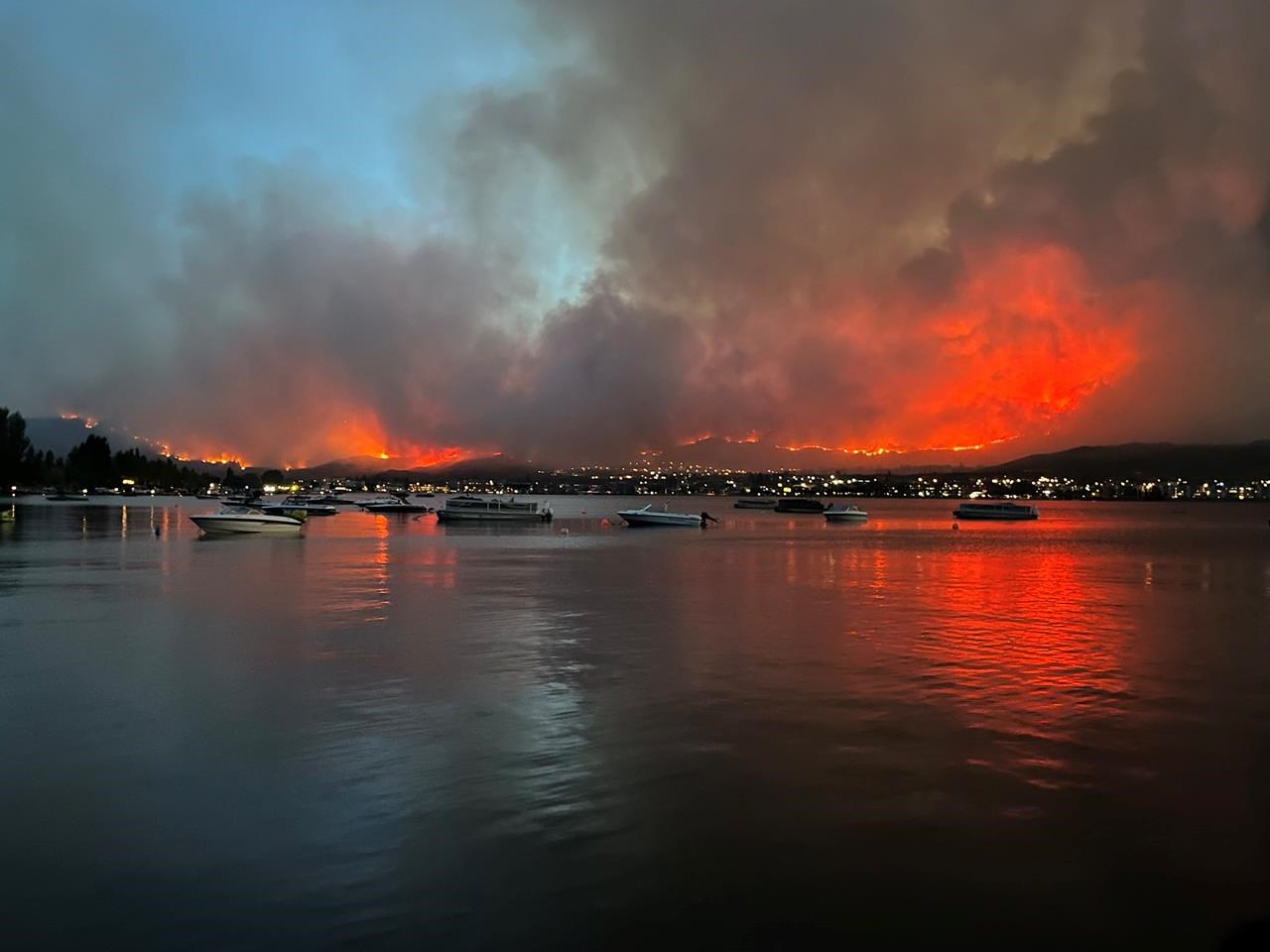A Summer of Worry
As British Columbia endures yet another summer marked by wildfires, residents of Osoyoos find themselves racing against time and nature. The Osoyoos fire, which erupted earlier this month, has raised alarm among communities and regional authorities alike. As flames devour hectares of dry land, the encroachment of these fires into populated areas poses a growing threat. With rising temperatures and prolonged drought conditions, the question looms: How can communities like Osoyoos protect themselves against the ever-looming wildfire threat?
The Community Response
The fire has sparked a wave of solidarity among local residents. With the town’s population of just over 5,000, neighbors have stepped up, offering help to those displaced and volunteering at evacuation centres. Local businesses have been proactive as well. Sarah Wright, owner of a popular café in town, shared, “We’re all in this together. Whenever there’s a need, we make sure our doors are open to serve those affected.”
Evacuations and Safety Measures
As days pass and the fire shows no signs of abating, authorities have enacted mandatory evacuation orders for nearby areas. Fire officials estimate that about 800 residents have been affected by the evacuation measures alone. The BC Wildfire Service is mobilizing additional crews and resources to contain what is becoming one of the summer’s most pressing emergencies.
The Environmental Toll
Reports indicate that this year’s fire season could be one of the worst on record. Statistics from the BC Wildfire Service reveal that as of mid-August, wildfires have burned approximately 15% more land than the 10-year average. These figures compel us to consider the long-term implications of such devastating fires—not just for local ecosystems, but also for air quality and the economy.
A Call for Action
The Osoyoos fire brings to the forefront the urgent need for comprehensive wildfire management strategies. “We must begin investing in prevention methods, not just firefighting,” insists Jane Dobson, a local environmental activist. “That means improving forest health and raising public awareness about fire safety even beyond the summer months.” Community forums on town management have already begun emphasizing these discussions. Social media platforms are flooded with calls for residents to share their experiences and strategies for safety, amplifying awareness in real time.
Looking Ahead
The future for Osoyoos depends on resilience—both in terms of climate adaptation and community spirit. While the Osoyoos fire has wreaked havoc, it has also reignited conversations about how to sustainably balance development and environmental stewardship. As fires continue to become a recurrent theme across the region, communities must relentlessly pursue better coordination, research, and advocacy to meet the challenges laid out by changing climates.

